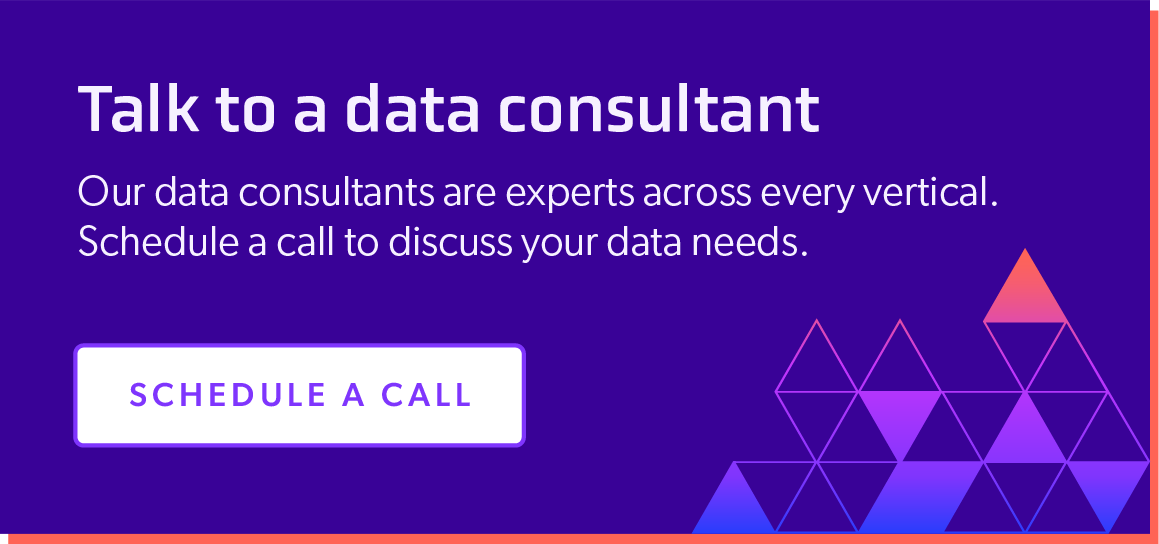
8 Key Talent Acquisition Strategies for Hiring Better Candidates
October 27, 2021
Table Of Contents

The human talent shortage will amount to more than 85 million people by 2030. Securing top talent will be increasingly vital for the success of every business within the next ten years.
Savvy companies have been pouring more resources into their talent acquisition strategies to find new and innovative ways to outperform hundreds of competing job offers. In this article, we’ll cover five key talent acquisition strategies that can help you find, hire, and retain top talent.
Talent Acquisition vs. Recruitment: What's the Difference?
Before we dive in, it's essential to understand the difference between talent acquisition and recruitment. While both of the terms entail bringing new people on board, they help organizations achieve conceptually different goals.
Recruitment refers to the process of sourcing, screening, and hiring new employees to fill open positions within an organization. This approach aims at addressing the short-term, immediate needs of companies when it comes to hiring people.
Talent acquisition makes it possible for organizations to get the most out of the job market by helping them transform themselves into an employer of choice for top talent. 75 percent of organizations that struggle with recruiting efforts point out a skills shortage among their applicants as one of the biggest HR challenges.
Highly sought-after organizations that successfully execute their talent acquisition strategies create a gravitational pull that attracts motivated and qualified specialists in large numbers and on a consistent basis.
This makes them less susceptible to fluctuations in the job market and dramatically improves retention rates as their employees are less likely to leave even when presented with more lucrative opportunities.
To sum up the section, while recruitment is reactive to the company's needs, talent acquisition is an ongoing, proactive approach to improving the quality of the workforce.
1. Clearly Define Your Ideal Candidate
Before you begin shaping your talent acquisition strategy, you need to clearly define the type of people that would be a perfect fit for you on an organizational level while adding more specific requirements on top of that when looking at each job opening individually.
Each job requires a unique skill set, but the traits that you want to look for in your candidate may include (but not limited to):
Initiative and Motivation
Analytical Skills
Integrity
Dependability
Positive Attitude
Creativity
89 percent of recruiters claim that a bad hire typically boils down to gaps in soft skills.
Even candidates with excellent technical skill sets that are hard to work with can drag down the performance of entire teams. This can destabilize the work environment, erode employee morale, and negatively impact your company culture.
To avoid situations like this, spend some time mapping out competencies and traits that correlate with high performance and a good cultural fit.
2. Encourage Input from Other Departments
It's essential to let other departments engage in the process of building out your ideal candidate profiles to maximize the quality of your talent pool.
HR specialists, while being responsible for sourcing candidates for all departments within an organization, might not have the expertise needed to deeply understand what a given position requires.
For instance, if you're looking for a software developer, it's hard for anyone outside of your product team to better understand the technical skills that separate great candidates from everyone else.
By encouraging input from other departments, you get a much more accurate picture of who you actually need to hire for each position.
3. Use Candidate Enrichment Tools to Get the Most Out of Your Talent Acquisition Strategy
Candidate enrichment is the practice of supplementing your existing internal candidate database using third-party tools and data.
Even though this is a seemingly simple concept, enrichment allows you to find candidates who check all of the boxes.
Partnering with third-party data vendors allows you to never run out of potential candidates - no matter how detailed your candidate profile is.
Some of the world's largest and most successful organizations have leveraged the power of candidate enrichment for decades, making it possible to find specialized talent at record rates.
4. Build Your Employer Brand
Employer brand has a direct correlation with recruitment and retention rates. Building a solid employer brand helps organizations significantly reduce the time, money, and effort it takes to consistently attract top talent.
Corporations like Netflix, Tesla, Salesforce, and Google have become solid household names, allowing them to secure a never-ending stream of qualified job candidates without aggressive recruitment campaigns.
Enhancing your employer brand image begins with better communication. Let’s review some stats:
Competition for talent has permanently raised the bar on what's expected from organizations during the hiring process. Changing how your HR team captures and engages with candidates can significantly improve the overall performance of your recruitment efforts.
5. Use the Power of Big Data
Some of the world’s most successful companies consistently use HR software to find and onboard talent worldwide. Over 98 percent of Fortune 500 companies employ recruitment software daily. If you want to effectively recruit top talent at scale, you should consider using innovative recruiting tools .
Additionally, consider partnering with a company that collects and consolidates resumes, contact details, social media insights, and additional demographic info.
Using recruitment data makes it possible to connect with candidates across multiple channels, and apply advanced filters to help build a massive pool of qualified applicants looking for positions that fit your job description. This process is faster than most traditional methods, allowing recruiters to source more qualified applicants in less time.
However, even the best recruiting tools may backfire if your company relies on outdated or inaccurate data. Partnering with reliable recruitment data vendors is a must for companies looking to secure top talent consistently.

6. Cultivate Relationships with Educational Institutions
Universities, community colleges, and trade schools could be the answer to lagging job postings. More than 43 percent of full-time undergraduate students are employed while 81 percent of part-time students work while enrolled at school. Forming a relationship with colleges or universities could significantly increase the number of applicants for your job postings.
College students are frequently looking for ways to work while completing their studies. As a result, they may have an open mind about trying out new companies and job opportunities.
When reaching out to a higher educational organization, you are engaging candidates who may never have been exposed to opportunities like the ones offered by your company before.
To fully leverage relationships with colleges and universities, use referrals and on-campus career centers as primary points of contact.
7. Analyze Your Recruitment Funnel
Workplace vacancies cost the average company roughly $500 a day. These costs can add up quickly if your organization has a slow hiring process. To avoid unnecessarily expensive scenarios, it's essential to understand how candidates move through the recruitment funnel.
The recruitment funnel is generally divided into five main stages:
Awareness
Consideration
Interest
Application
Selection
Understanding where candidates fall out of the funnel will help you adjust your recruitment strategy accordingly, increasing the number of successful hires and reducing overall costs.
Utilizing recruitment software and crucial HR metrics (like top-to-bottom funnel efficiency) to analyze how many applicants make it through each step of your screening process is a great way to uncover areas of improvement. This will help you understand how your HR team is performing against industry benchmarks, and will identify where recruitment drop-offs take place.
8. Encourage Candidate Feedback
More than 75 percent of job candidates have never been or are rarely asked for feedback after the application process. Having an open line of communication helps talent scouts collect and utilize constructive feedback to improve the entire recruitment funnel.
There are many ways to collect candidate feedback during the application and interview stages - be it a simple survey or an anonymous form. No matter what method is used, recruiters need to be proactive in asking for feedback after major milestones.
Secure Top Talent with Superior Data
Finding, interviewing, and securing great employees begins with a winning talent acquisition strategy. However, as data-driven recruitment becomes the new norm, the ROI of your efforts from sourcing to hiring largely depends on the quality of your data.
Innovative candidate enrichment solutions are making breakthroughs for recruiters at all stages of talent acquisition, helping HR teams quickly find great candidates.
In fact, People Data Labs has its roots firmly in talent acquisition use cases, and our team is ready and willing to offer advice along with high-quality data. Get a free API key today to discover new insights now, or reach out to our team to learn how you can leverage the power of data to supercharge your hiring process.
Like what you read? Scroll down and subscribe to our newsletter to receive monthly updates with our latest content.

